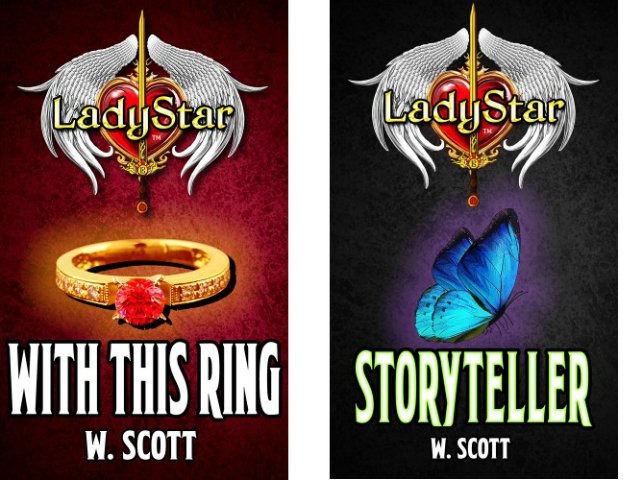This is part one of a new three-part series from Theodore Jefferson, whose new book, The Incredible Untold Story of Sailor Moon, is available now. Check out part one here.
Not too long ago, I wrote an article about a television series called H2O Just Add Water. For those of you who aren’t familiar, H2O is the story of three girls named Emma, Rikki and Cleo who are granted the power to turn into mermaids and manipulate water with magic powers. The focus of my article was to compare H2O to Sailor Moon; but the more important point is that both shows demonstrate what is possible when girls learn the important concept of teamwork.
What draws people to these stories is the reinforcement of what we all know is good. Teamwork leads to success. It is the one thing human beings can do that makes the sum greater than its parts. It magnifies and amplifies human productivity in exponential ways. It is a supremely powerful thing.
In my scholarship of these stories and their characters, I postulate that were it not for the cultural events of the late 1990s, the advent of heroic girls in the 21st century would have been either subdued or absent altogether. We now live in a world of Katniss Everdeens and Beatrice Priors. Our culture has come a long way since She-Ra and Nancy Drew.
American culture has always struggled with the idea of girls working together. Stories of sour girls destroying each other over a competition to become the Homecoming Queen are so numerous, Disney made an entire channel out of them. The archetypes of the “mean girl” and the “goody two shoes” have clashed in movies, books and television for decades.
Other cultures have not had this problem. The “mean girl” is either absent altogether or it is far more likely to be presented in comical terms. The cliche of the hateful mean teenage girl is almost expected in American entertainment, and it’s a dangerous thing when we consider the fact that is often the best girls can do when it comes to popular role models.
The counter to all this is the continuing emphasis on concepts like “BFF” and how a group of ponies taught us that “friendship is magic.” The problem is it seems that as girls grow from childhood to their teenage years, the emphasis changes from friendship to “survival of the prettiest.” Pretty being measured in terms of who is left standing when the Homecoming court is announced.
This message is reinforced far too often in American media. It teaches girls to be suspicious of each other and deprives them of what boys learn almost from the moment they begin to socialize. Boys form teams as a matter of routine in our culture. Girls form cliques. The former is a productive structure. The latter is a defense mechanism.
It doesn’t have to be that way.
There is nothing masculine nor feminine about teamwork. Girls are just as capable of teaming up to meet a challenge as boys are. There is no reason for girls to choose competitiveness and treachery over allowing their friendships to strengthen into alliances. These are the lessons taught by television shows like H2O, movies like Bring It On, and book series like LadyStar.
W. Scott’s universe revolves around a girl her friends call “the heart of the Ajan Warriors.” Jessica Halloran is not the smartest, or fastest, or strongest necessarily. But she is generous and loyal and wouldn’t dream of giving up on anyone, much less her friends. Her personal moral code brings her into frequent conflict with others, but Jessica never leaves those interactions holding a grudge.
She’s the kind of girl who would forgive an enemy if it meant even the slightest chance at redemption or friendship. She is prepared to endure dramatic sacrifices for her principles.
The effect of Jessica’s personality on her friends is where the entire team gains its most profound benefits. The one absolutely immutable fact every one of them eventually comes to rely on is the knowledge that no matter how bad things get, and no matter how they might mistakenly mistreat her, Jessica will never ever give up on them.
That bond enables the Ajan Warriors to prevail in situations where they would otherwise fail.
I believe these kinds of messages, more than any other, will lead to the kind of strong friendships everyone needs to find their way. Teamwork is a powerful thing. If we truly intend to “empower” girls, that principle should be first among the gifts we set aside for them.
In part three of this series, I will discuss what happens when an author combines courage, teamwork and an unlimited special effects budget, and how that combination can turn a teenage girl in love into an invincible defender of the innocent.
Theodore Jefferson is a founding member of the Lexicon Hollow Authors Guild and is a creative consultant and Associate Editor for W. Scott’s LadyStar series of Romantic Fantasy Adventures, available at the Official LadyStar Bookstore.
Are you following The Mary Sue on Twitter, Facebook, Tumblr, Pinterest, & Google +?









Published: Apr 13, 2015 03:48 pm